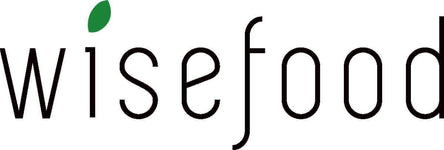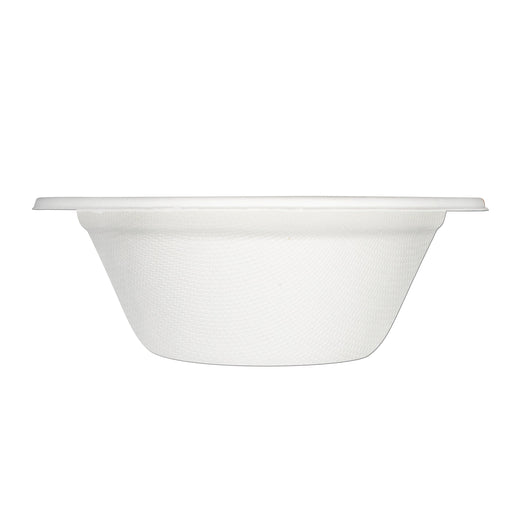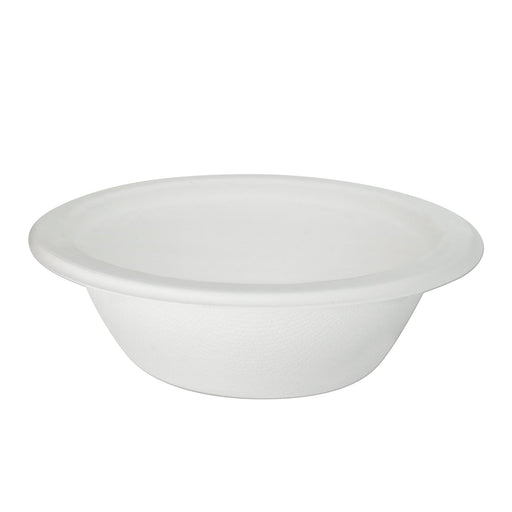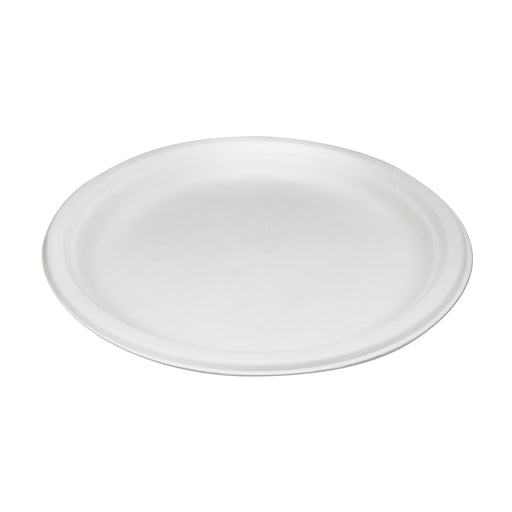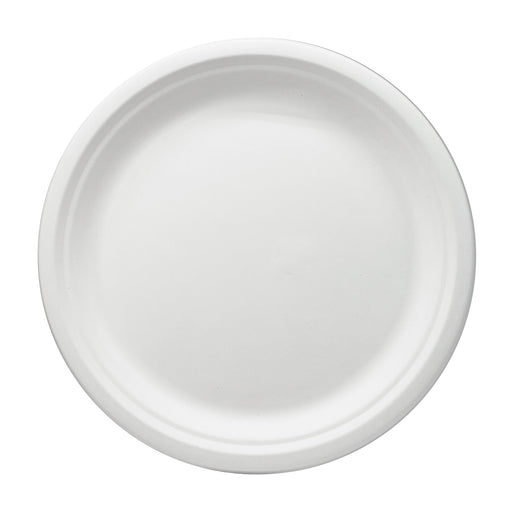Support:
+49 (0) 89 24418362

CPLA – a sensible plastic alternative?
Especially when it comes to packaging in the catering sector, environmentally friendly materials should represent a sensible alternative to plastic. Petroleum-based plastic products have long since become absolutely unnecessary – even without an EU ban. From palm leaves to cardboard to stable products made from bagasse, Wisefood offers consumers and catering operators a wide range of sustainable crockery, cutlery, cups and packaging. Again and again one hears about CPLA in connection with sustainability. But hardly anyone knows what actually lies behind this term.
PLA as the basis for CPLA
To understand what CPLA is, you first have to know what PLA – the basis of CPLA – is all about. PLA, the abbreviation for polylactide, is a synthetic polymer that consists of renewable raw materials and is therefore considered a sustainable bioplastic. PLA is also biodegradable. PLA is obtained from starchy plants such as corn or beets. The starch is extracted from these plants and converted into lactic acid by microorganisms such as lactic acid bacteria. Thanks to its stable structure, it can be used in many ways, for example as an inner coating for disposable coffee cups, packaging material, cutlery or straws.
But there are now alternatives for cups and bowls with PLA inner coatings, such as the stable paper cups with water-based inner coating from Wisefood.
PLA becomes CPLA
For the production of CPLA, up to 30% talcum powder is added to the lactic acids, which allows the lactic acids to crystallize. This creates a non-transparent, but quite hard and stable granulate - the so-called crystallized polylactic acid - CPLA for short.
This is far more heat-resistant than its predecessor PLA and even tolerates temperatures of up to around 85°C, which is why it is recommended as packaging material for hot drinks and food. In addition, it is just as compostable as the clear PLA. It therefore has a number of advantages and is therefore quite versatile in the to-go area and event catering - just like PLA.
But: CPLA cutlery is considered a typical disposable product and is therefore also affected by the plastic ban. CPLA packaging, on the other hand, is regarded as a transport container and may continue to be used.
Wisefood turns alternatives into superlatives
The word "alternative" always sounds a bit like a substitute and second choice. But when it comes to environmental protection, climate friendliness and sustainability, Wisefood is no longer just about alternatives. Rather, it is important to us that sustainable and environmentally friendly living and working become a matter of course. We therefore see the topic of sustainability and our products made from bagasse and other renewable raw materials not just as a mere alternative to the conventional overexploitation of our nature.
And that's why we don't make any compromises when it comes to the sustainable production of disposable packaging and disposable tableware. From cultivation to the manufacturing process to environmentally friendly disposal, we see ourselves as responsible. Because there is no alternative for our planet! With our menu boxes made from bagasse and other bagasse products, we also promote the organic cultivation of renewable raw materials.
We offer a wide range of different materials and products such as lunch boxes , disposable cups, plates , bowls and more. Because at Wisefood, sustainability and practicality always go hand in hand.
Bagasse plate - 23 cm (round, white)
♻️ Sustainable and plastic-free
✨ Made from biodegradable sugar cane/bagasse
📏 Diameter: 23 cm
✅ Odorless and tasteless
🌡 Temperature resistant up to +100°C
More natural and environmentally friendly: packaging made from bagasse
At Wisefood there are enough sensible plastic alternatives in the form of practical and sustainable disposable products. The plastic and non-toxic plates, bowls and packaging made from bagasse are particularly popular.
The bagasse made from organic sugar cane is one of the most environmentally friendly, sustainable and harmless materials of all and is therefore one of the absolute favorites at Wisefood. For the transport and consumption of hot and cold food, bagasse crockery is just the thing for the to-go area of restaurants, cafes, catering, food trucks and more.
The heat-resistant plates, mugs and bowls in different sizes can also be stacked and are therefore extremely space-saving - a great advantage not only for the catering trade.
Another difference to the bioplastics PLA and CPLA, both of which are manufactured in engineered laboratories:
The bagasse, made from just a few organic ingredients, is usually still made in its country of origin and therefore supports the people who work and live there.
And the best:
The bagasse, which is made from the fibers of the sugar cane that is grown anyway, is 100% compostable and can be disposed of in the compost heap or in the organic waste bin. In just a few weeks, this natural packaging material becomes new earth again.
Sources:
Plastic waste - the most important facts briefly explained
-
Product title
Original priceOriginal price €19,99€19,99€16,80Current price €19,99 -
Product title
Original priceOriginal price €19,99€19,99€16,80Current price €19,99 -
Product title
Original priceOriginal price €19,99€19,99€16,80Current price €19,99 -
Product title
Original priceOriginal price €19,99€19,99€16,80Current price €19,99 -
Product title
Original priceOriginal price €19,99€19,99€16,80Current price €19,99
